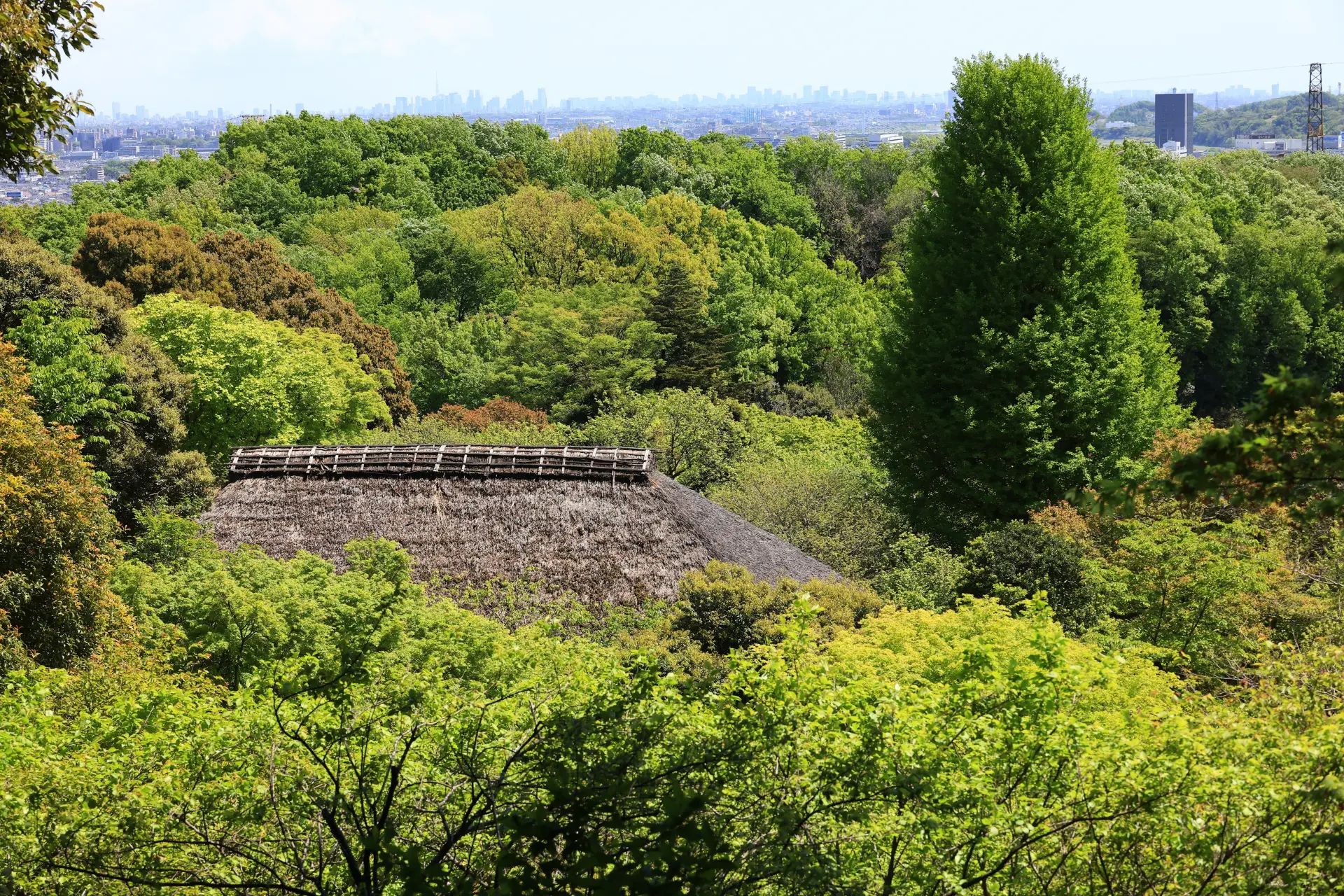
Enjoying Keio Mogusaen: Admiring the Flowers and Views of Hino, Tokyo, Throughout the Four Seasons
Keio Mogusaen is a lush Japanese garden rich in seasonal beauty in Hino City, Tokyo.
Located about 40 minutes by train from Shinjuku, it is ideal for those seeking to escape the hustle and bustle of the city and quietly enjoy seasonal scenery.
The garden is home to about 30 varieties of flowering trees, including plum blossoms, hydrangeas, and maples with brilliant autumn foliage. From the lookout point, you can see Mt. Fuji and Tokyo Skytree.
This article introduces the seasonal highlights, history, private rental of traditional Japanese rooms, and even local specialty sweets—showcasing the many charms of Keio Mogusaen.
What Is Keio Mogusaen Like?
Keio Mogusaen originated when the site of Shorenji Temple, built in the Edo period, was developed and opened to the public in the early Meiji period by raw silk merchant Kakuzo Aoki.
Today, it is owned and managed by Keio Corporation, and is loved as a Japanese garden where natural beauty and history harmonize.
The garden features around 30 varieties of flowering trees, such as plum blossoms, hydrangeas, and autumn leaves, with the early-spring Plum Blossom Festival as a particular highlight.
From the lookout point, you can see Mt. Fuji and Tokyo Skytree, enjoying a peaceful moment that changes with the seasons.
Access to Keio Mogusaen
From Keio Line Shinjuku Station, get off at Mogusaen Station and walk about 10 minutes.
Alternatively, it is about 10 minutes by taxi from Seiseki-Sakuragaoka Station or Takahatafudo Station.
Exit the south exit of Mogusaen Station, go straight to the right, and turn onto “Mogusaen-dori,” where you will find a long, steep slope.
As you walk uphill through a quiet, greenery-filled residential area, you will see a sign reading “130m to Mogusaen,” after which the slope becomes even steeper.
When you reach the main gate, you will feel a sense of accomplishment from having made the climb.
Experiencing Japan’s Four Seasons at Keio Mogusaen
Keio Mogusaen is home to around 30 varieties of flowers and trees, with a focus on plum blossoms, hydrangeas, and autumn foliage, blooming in their respective seasons.
No matter the season, you can enjoy flowers at their peak.
Wild birds such as Japanese bush warblers, Japanese white-eyes, Daurian redstarts, and black-faced buntings can also be spotted, along with wildlife such as owls, raccoon dogs (tanuki), and badgers.
Listening to birdsong while strolling among the flowers is sure to bring a sense of calm.
Below are the flowers and trees you can enjoy by season.
1. Spring (March–May)
In March, late-blooming plum blossoms, white magnolia, flowering quince, and Cornelian cherry dogwood come into bloom. In April, visitors can enjoy Japanese primrose, azalea, Rhododendron dilatatum, katakuri (dogtooth violet), and peony. In May, wisteria, rhododendron, tree peony, and satsuki azalea appear.
The cascading wisteria, standing out amid the fresh greenery, will make you stop in your tracks to gaze.
When the cherry blossoms fall, the azaleas begin to bloom, marking the transition to early summer.
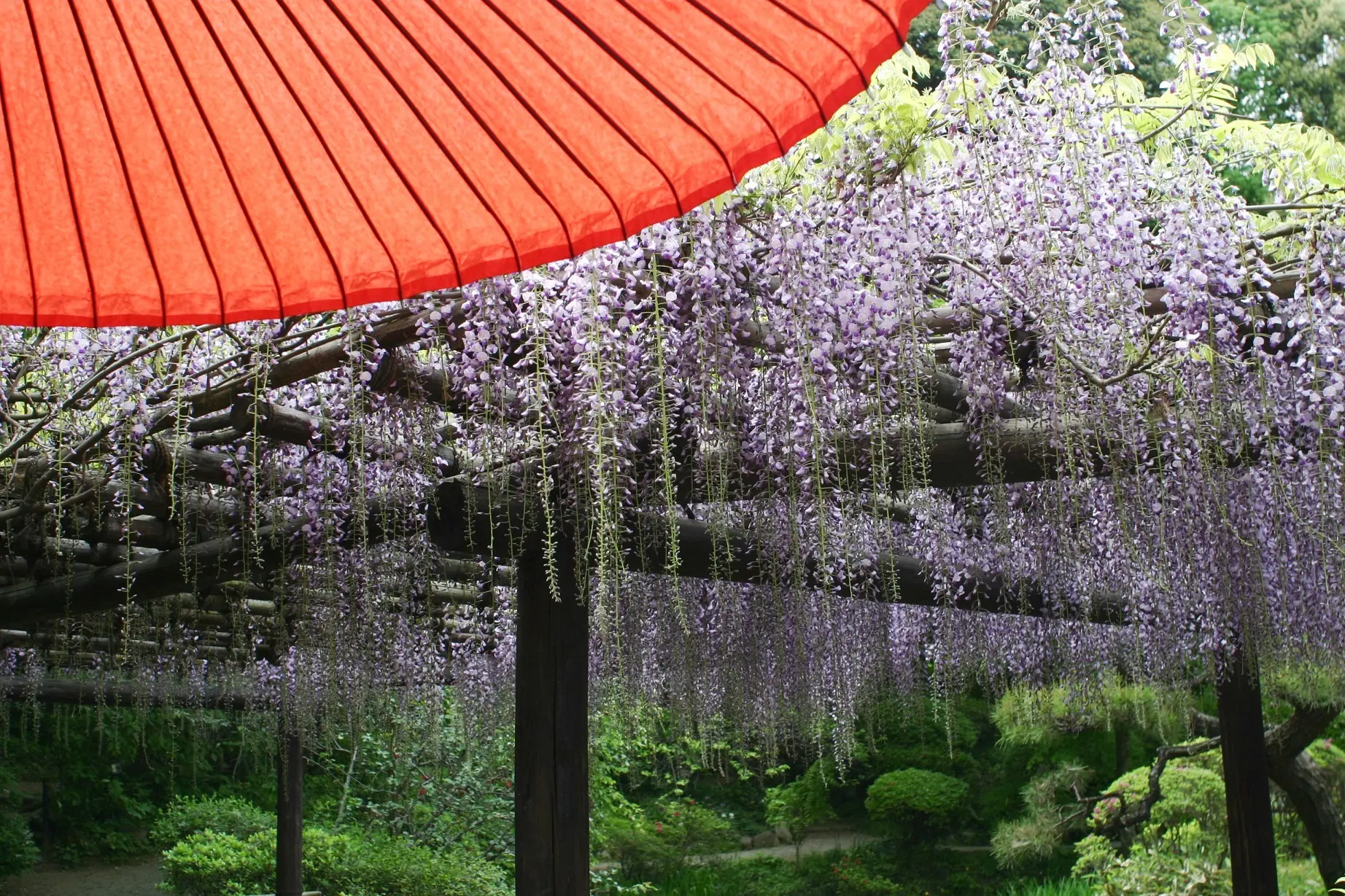
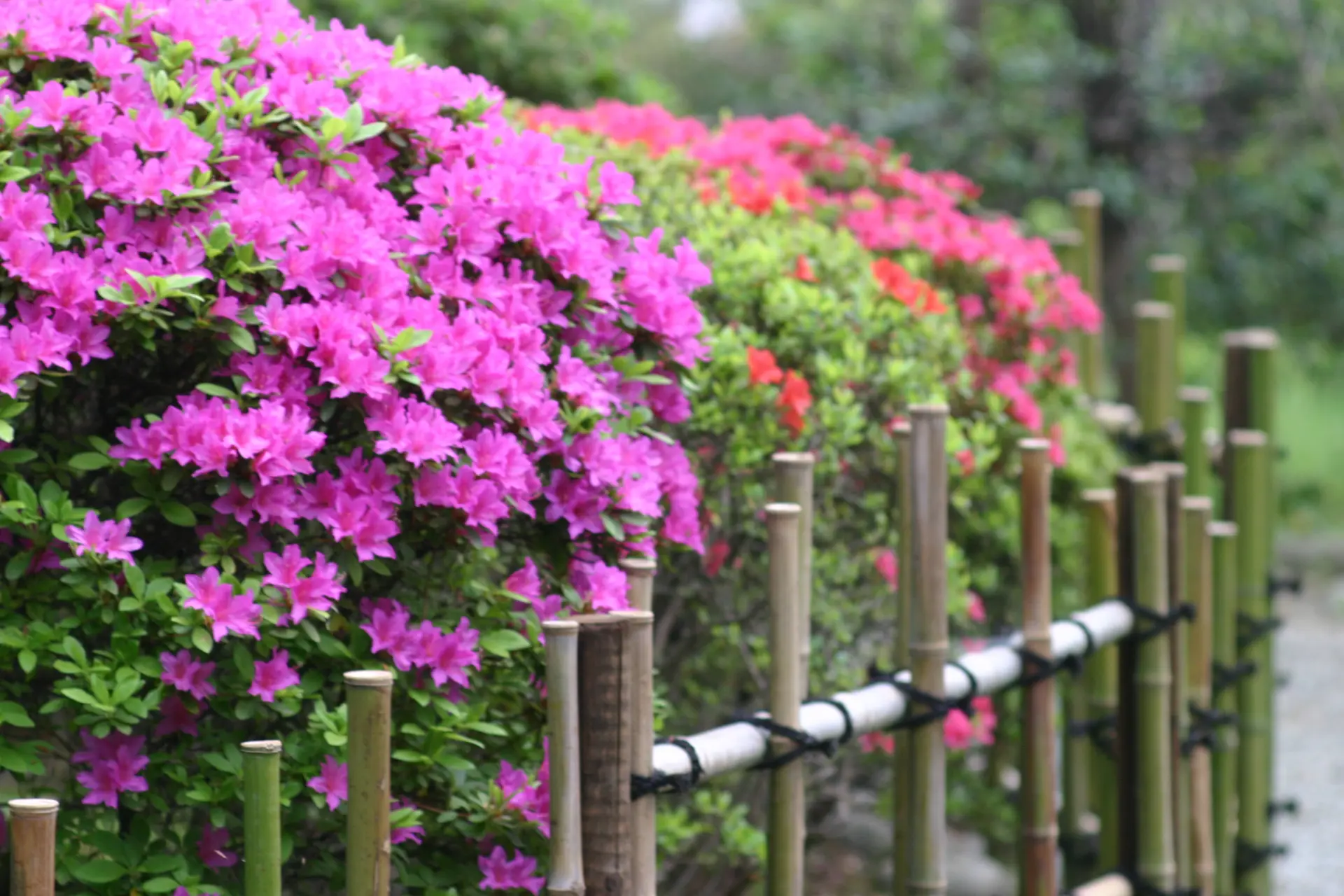
2. Summer (June–August)
From June to early July, hydrangeas are at their best. In July, water lilies and trumpet vine can be seen, while in August, crape myrtle brings vibrant color to the garden.
Keio Mogusaen has a total of around 400–500 plants, consisting of both Western and lacecap hydrangeas.
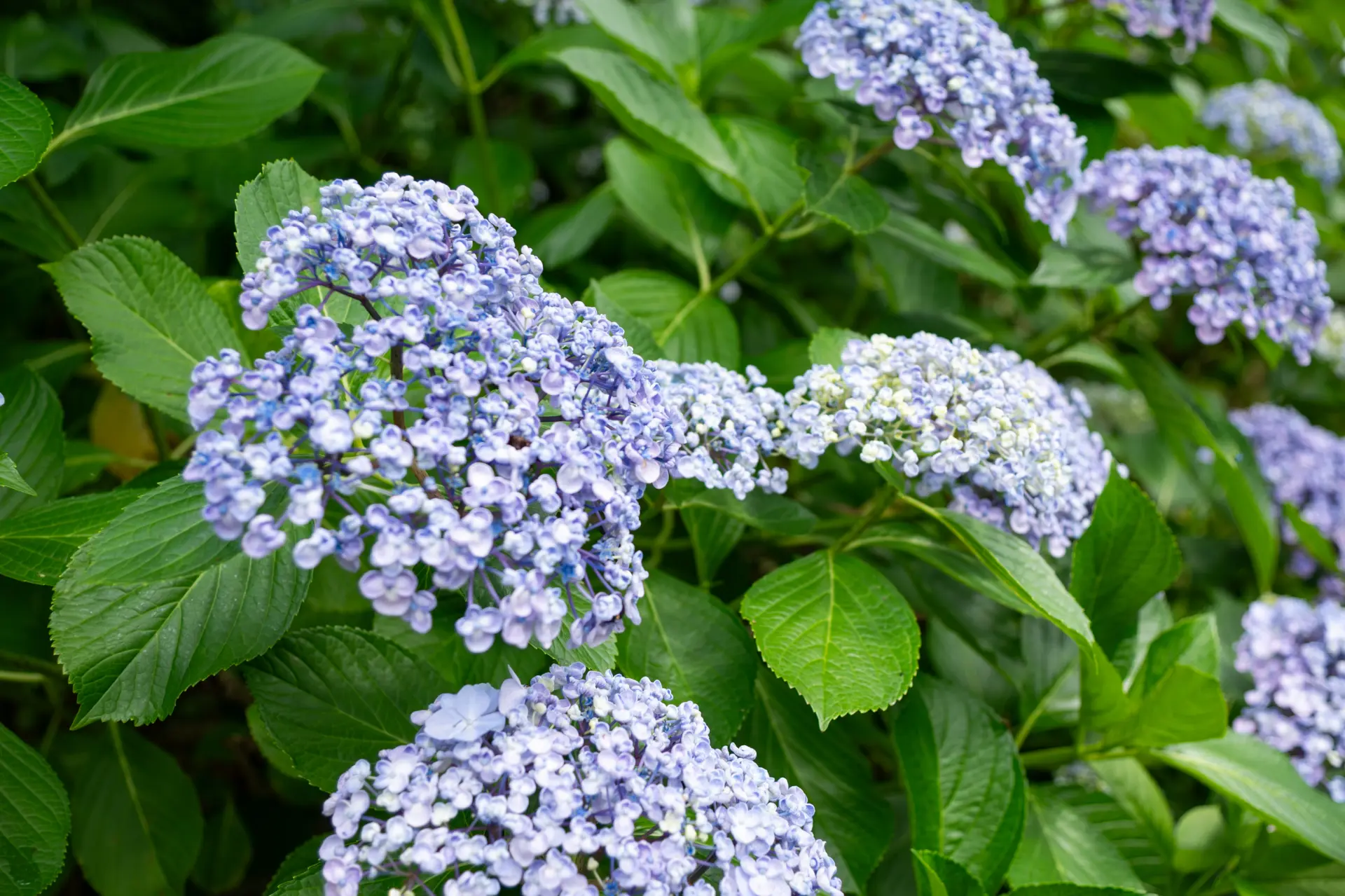
The hydrangeas in shades of purple, white, and red invite you to stroll through the garden while admiring their delicate variations in color.
Leaves glistening with raindrops are a sight unique to the rainy season.
When in full bloom, the water lilies spread across the entire pond, vividly coloring the water’s surface.
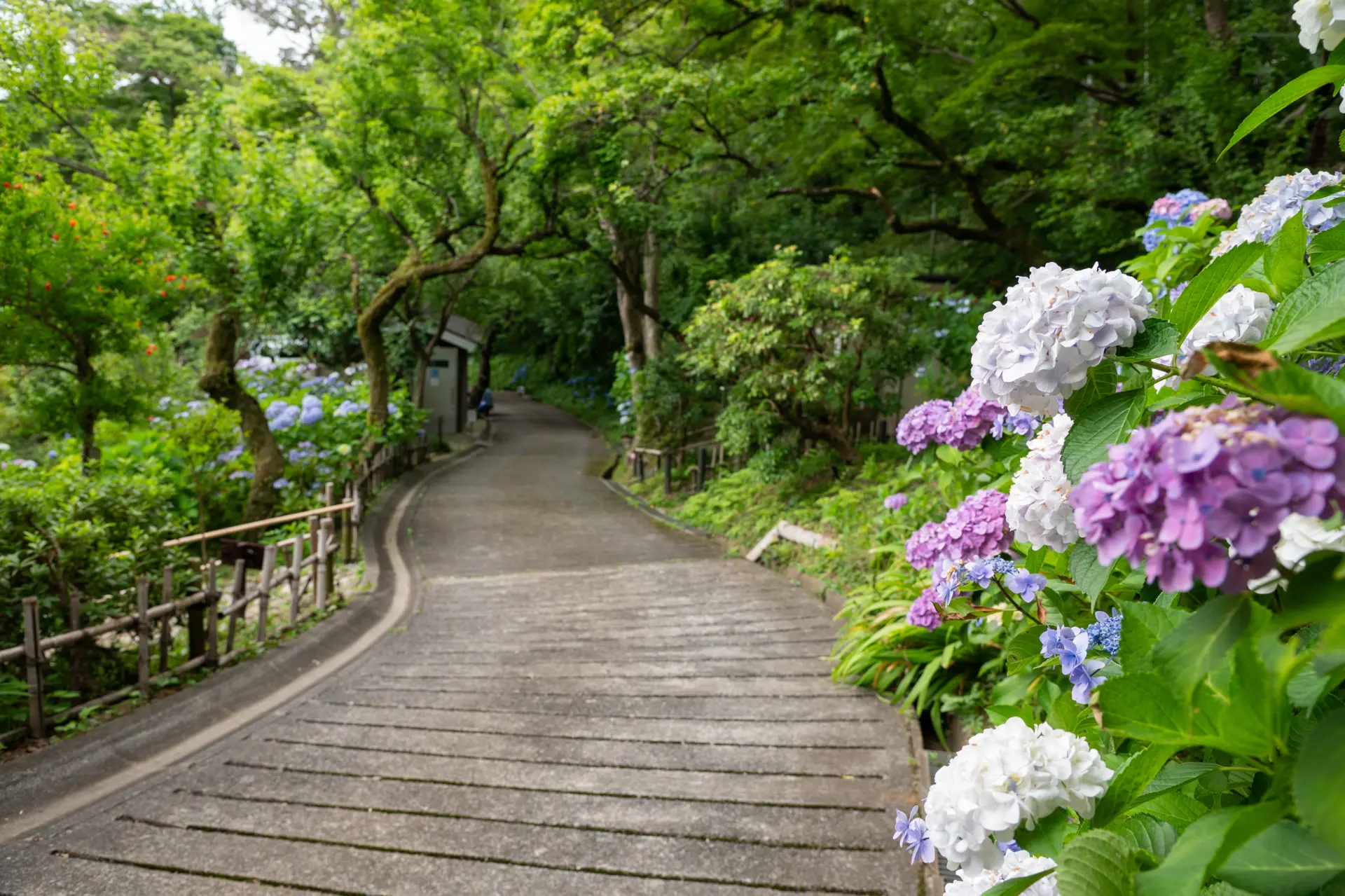
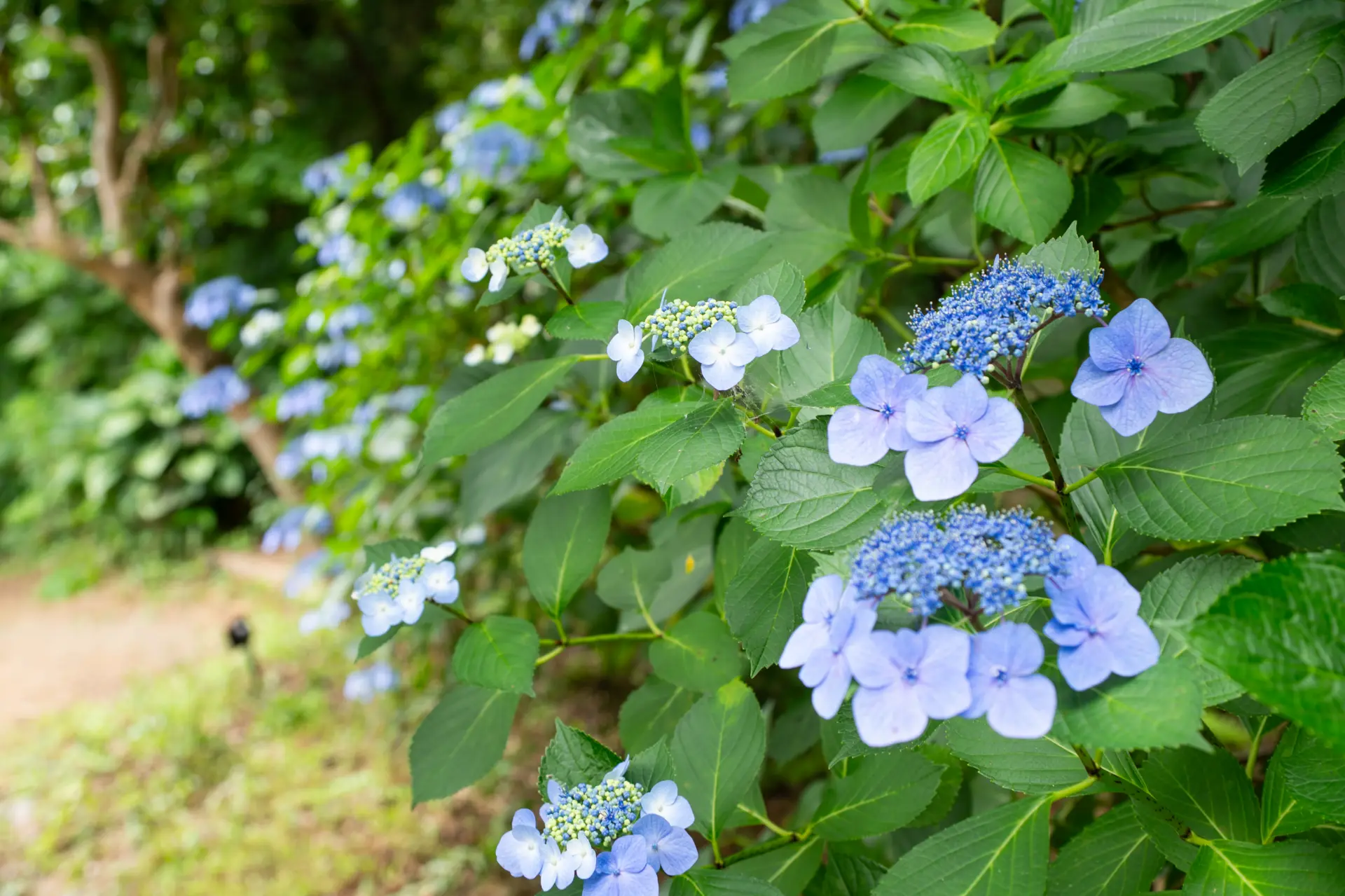
Keio Mogusaen features mainly temperate water lilies, which bloom successively from July to August.
They begin to close around midday when the sunlight becomes strong, so a morning visit is recommended for viewing.
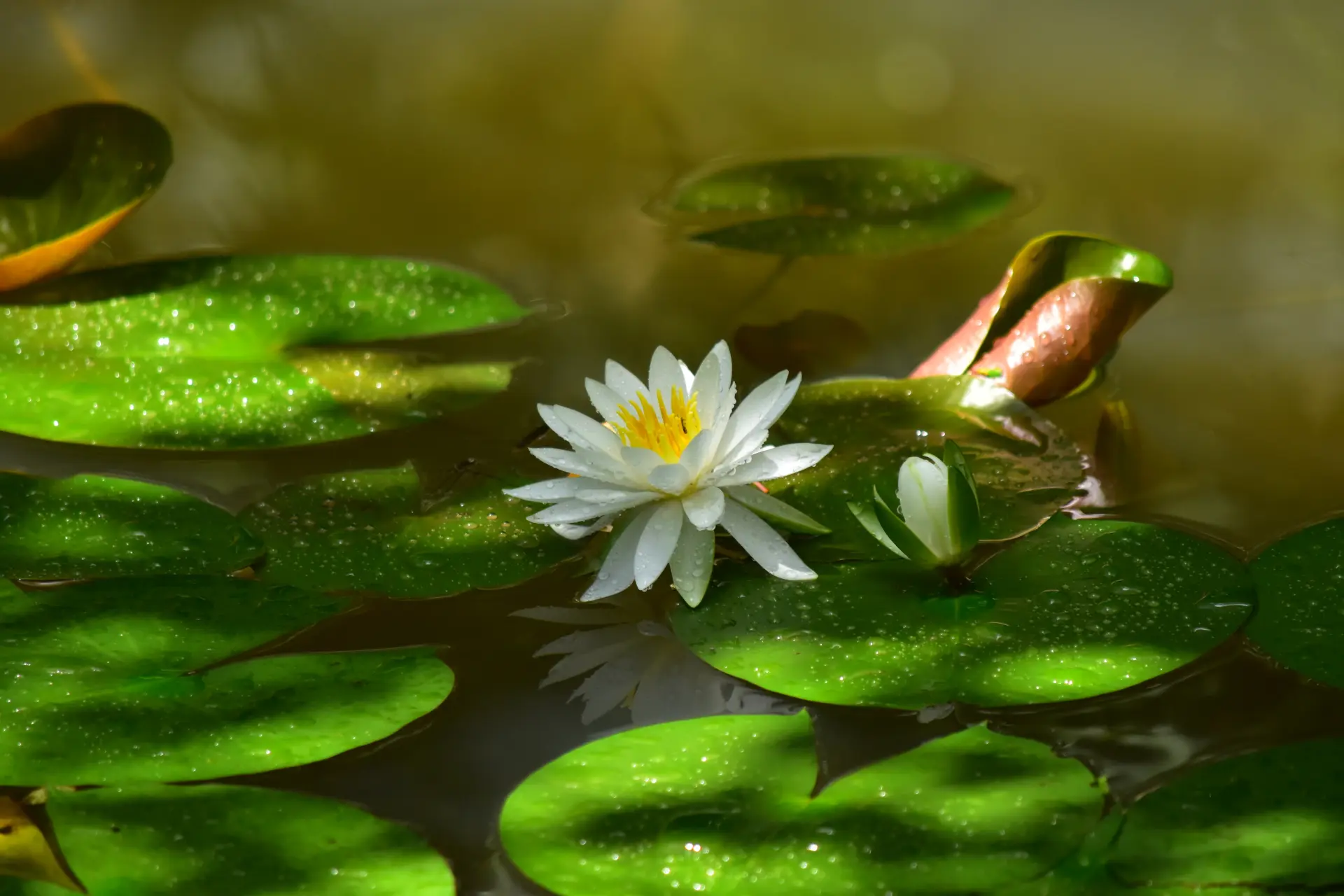
3. Autumn (September–November)
In September, bush clover, fragrant olive, and red spider lily bloom. The fragrant olive’s sweet, fruity scent seems to drift through the air even from afar.
October brings Ophiopogon japonicus and toad lily, and in November, the garden’s many maple trees turn vivid red and yellow.
Strolling through the full autumn foliage while feeling the autumn breeze is a delight.
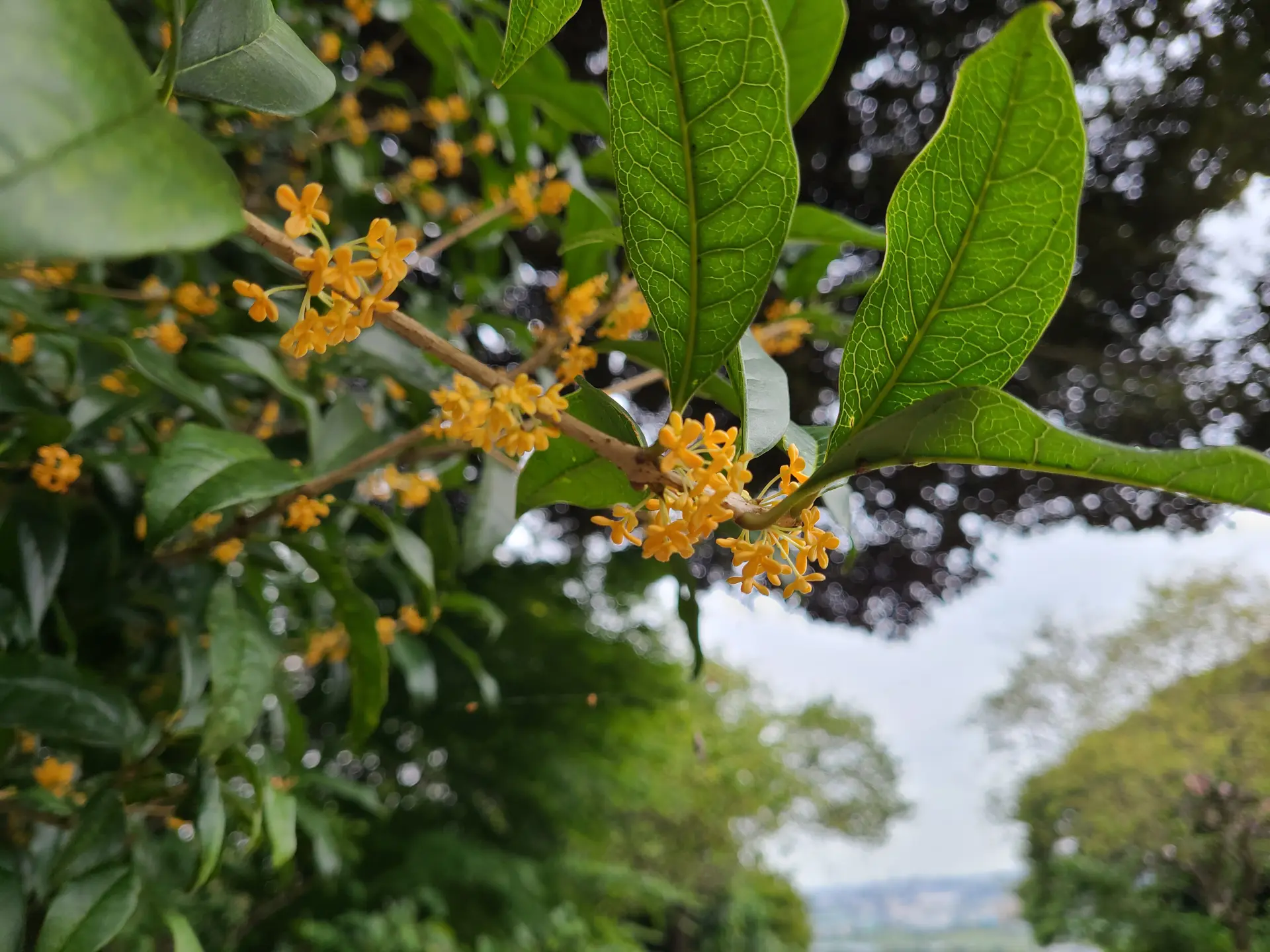

4. Winter (December–February)
In December, the garden features autumn foliage and camellia sasanqua. In January, narcissus, wintersweet, and early-blooming plum blossoms appear. In February, plum blossoms, camellia, Adonis ramosa, and winter-blooming iris brighten the grounds.
The yellow of the narcissus and the purple of the winter iris signal the coming of spring.
The garden is famous for its approximately 50 varieties and 500 plum trees, and the “Plum Blossom Festival” is held from February to early March.
At night, the illuminated blossoms blend with the night view from the lookout point, creating a truly mesmerizing scene.
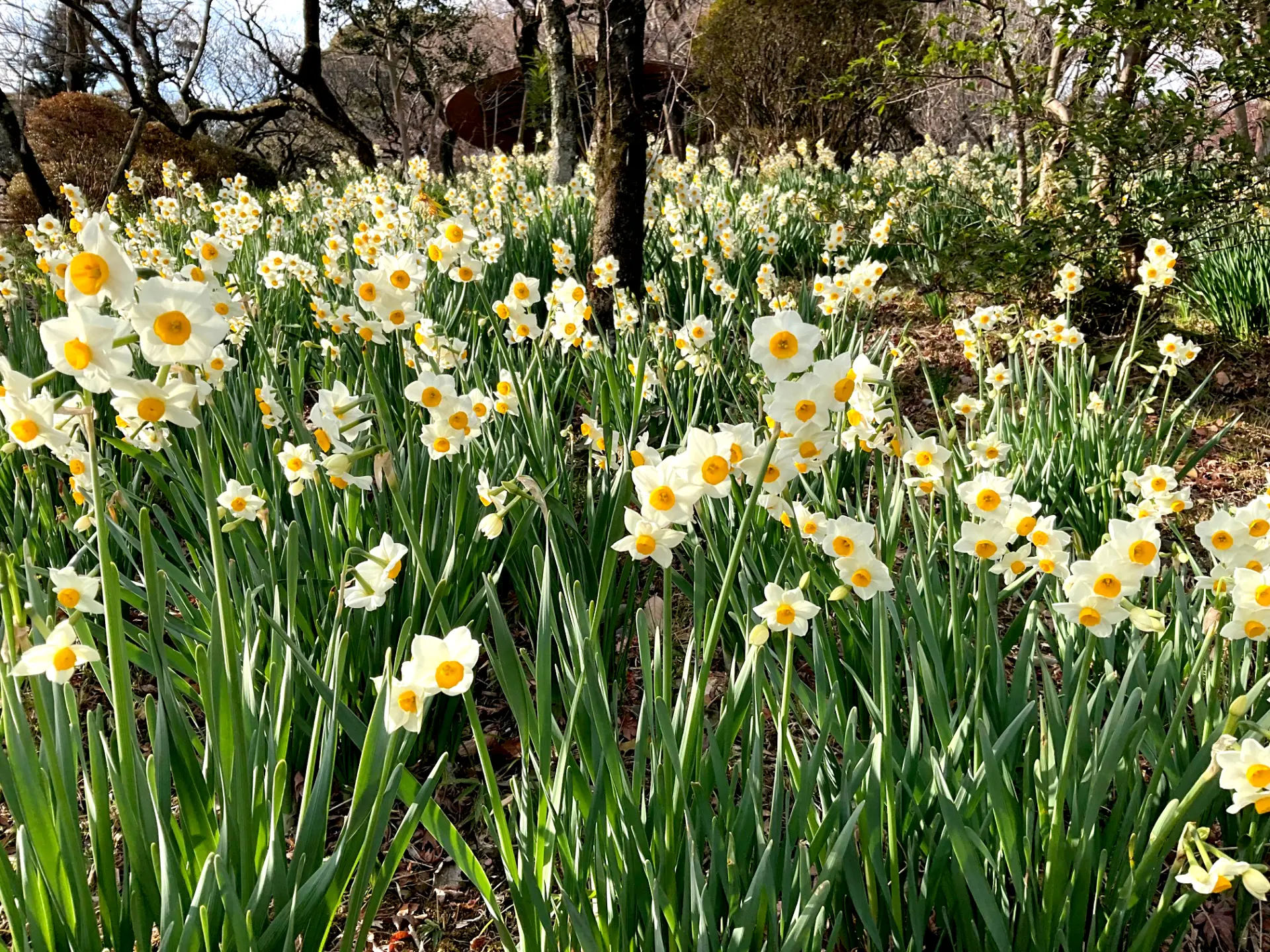

Four Other Ways to Enjoy Keio Mogusaen Beyond the Flowers
The beauty of Keio Mogusaen is not just in admiring seasonal flowers.
The garden also offers spaces where visitors can relax indoors, such as traditional Japanese rooms and earthen-floored areas.
Here are four other ways to enjoy Keio Mogusaen.
1. Enjoy Views of Mt. Fuji and Tokyo Skytree from the Lookout Points
At the far end of the garden are two lookout points, from which you can see urban landmarks on a clear day.
After climbing the stairs to the first lookout point, you can see Mt. Tsukuba in Ibaraki Prefecture.
From the second lookout point, located even higher, you can enjoy views of Tokyo Skytree, the Tokyo Metropolitan Government Building, and Mt. Fuji.
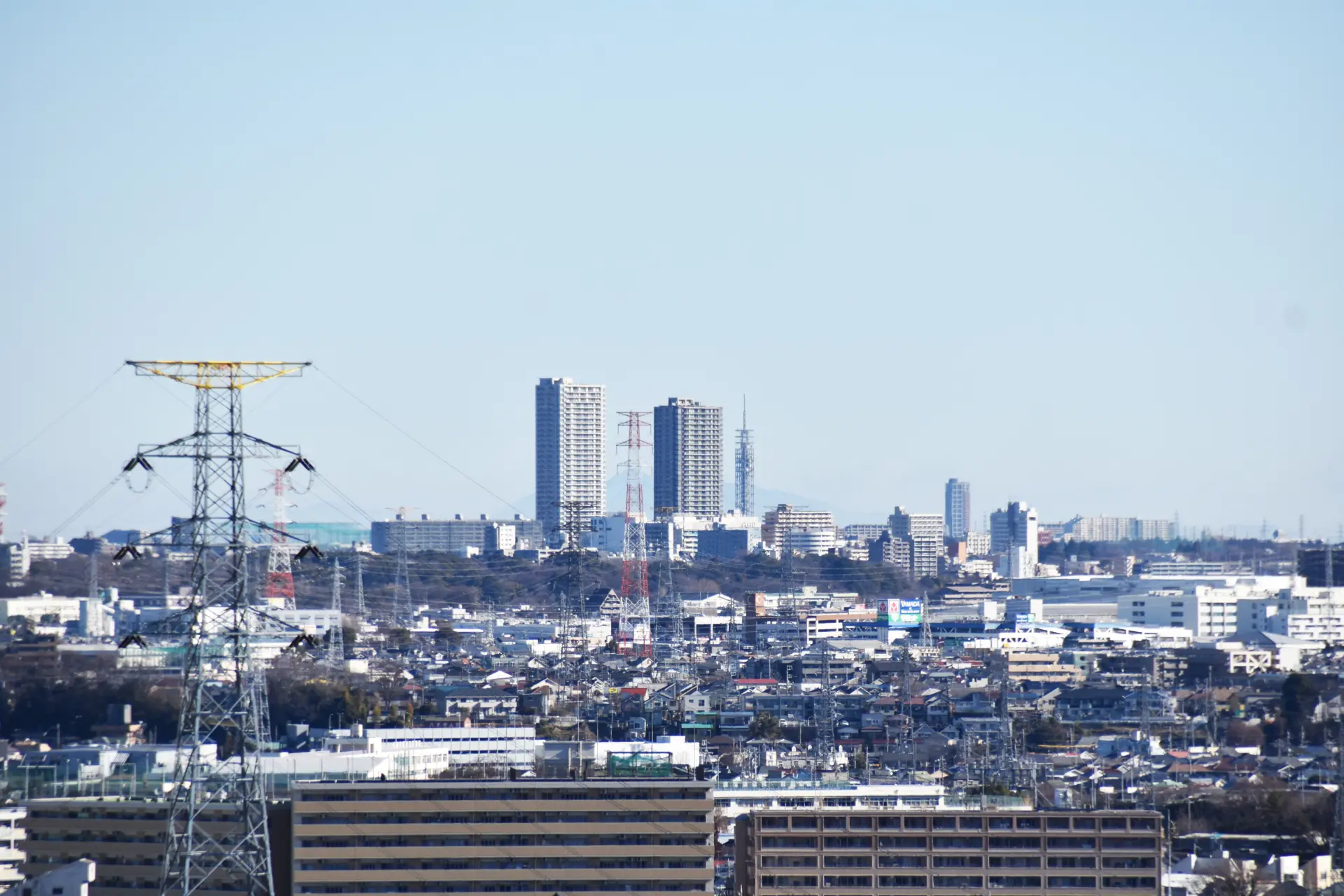
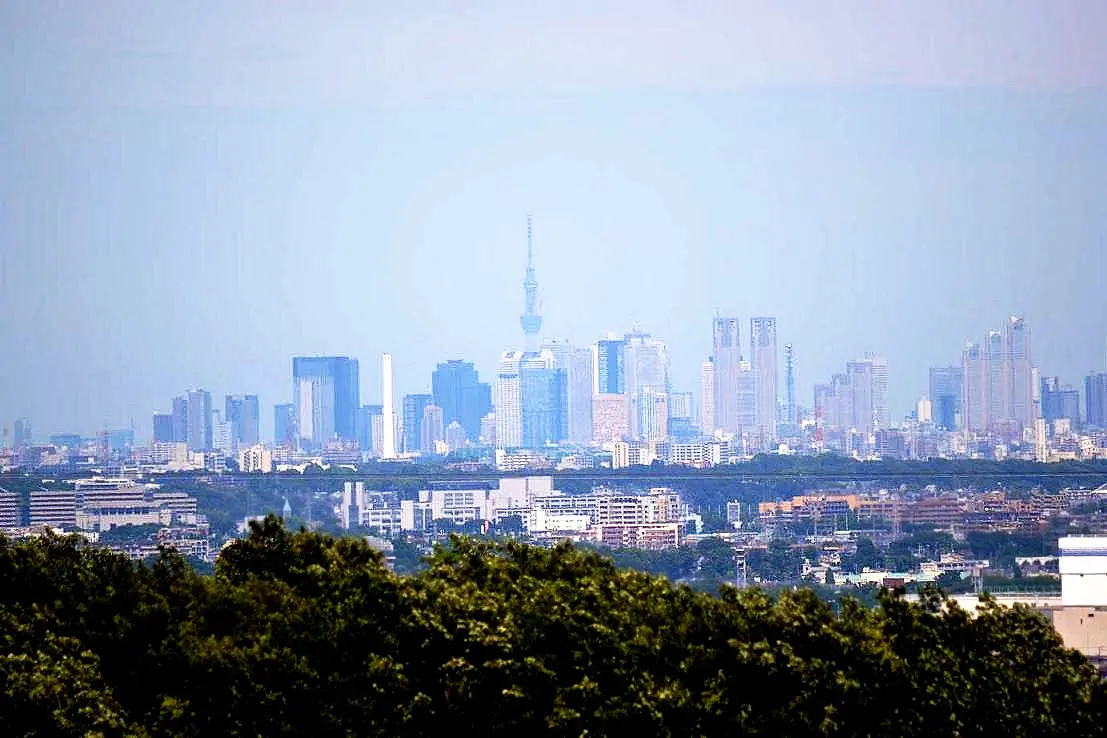
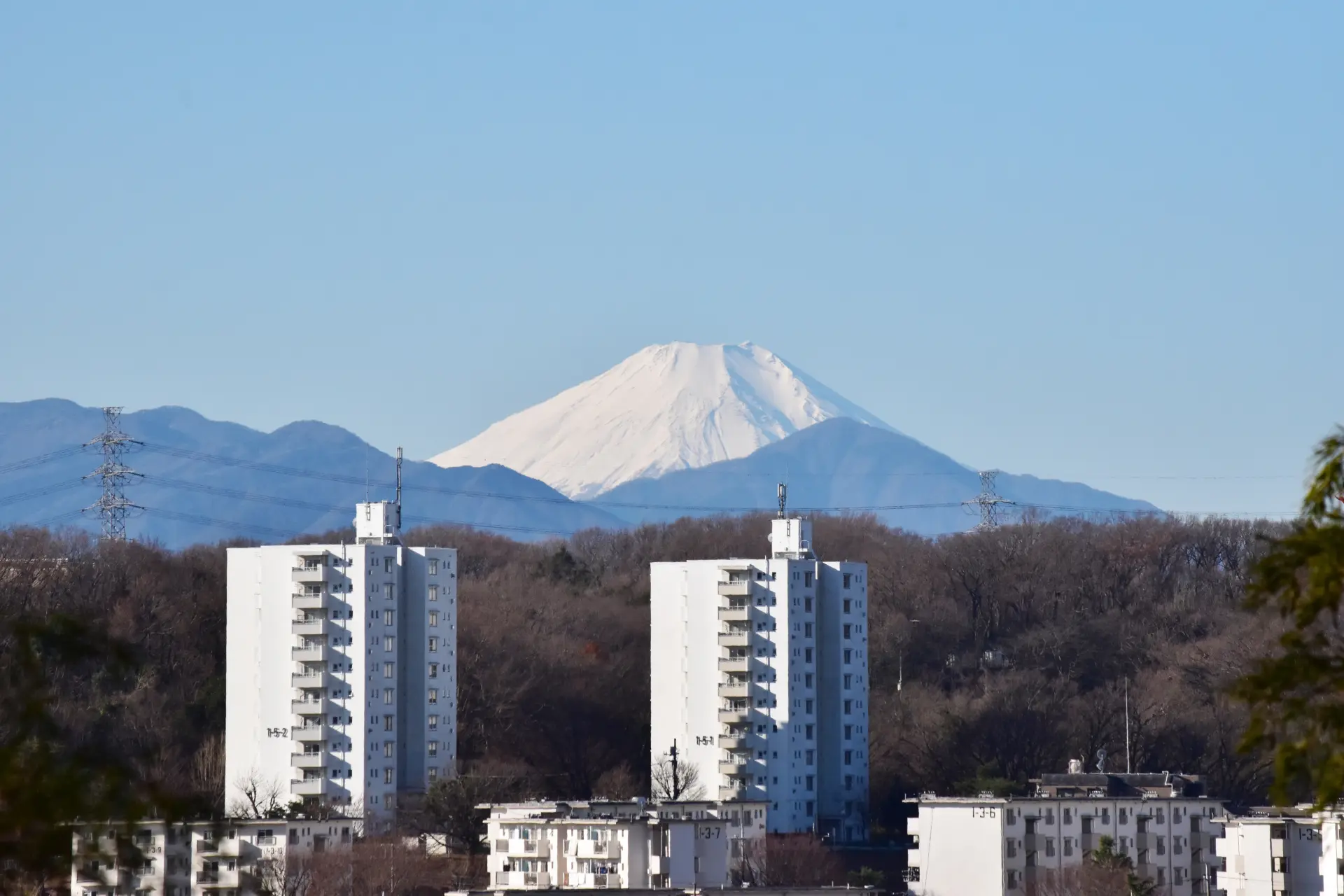
2. Try Yokan Made with Mogusaen Plums at the Rest Area
In the grounds of the first lookout point stands Shoren-an, which includes a rest area and a Japanese-style room.
The rest area sells gelato, dorayaki, and “Mogusa Yokan.”
The gelato is sourced from “Artigiano Gelateria,” a shop directly operated by “Mogusa Farm” in Hino City, featuring a refreshing milk flavor with a well-balanced mild sweetness.
The yokan, sourced from Hino’s long-established Japanese confectioner “Hagoita Honpo,” is made with pickled plums harvested at Mogusaen.
It uses plum and “tebo” (a type of white kidney bean) as ingredients, offering a faint plum tartness and the gentle sweetness of tebo beans.
Enjoying it on a bench in the garden while viewing the flowers will make you feel like you’re on a picnic.

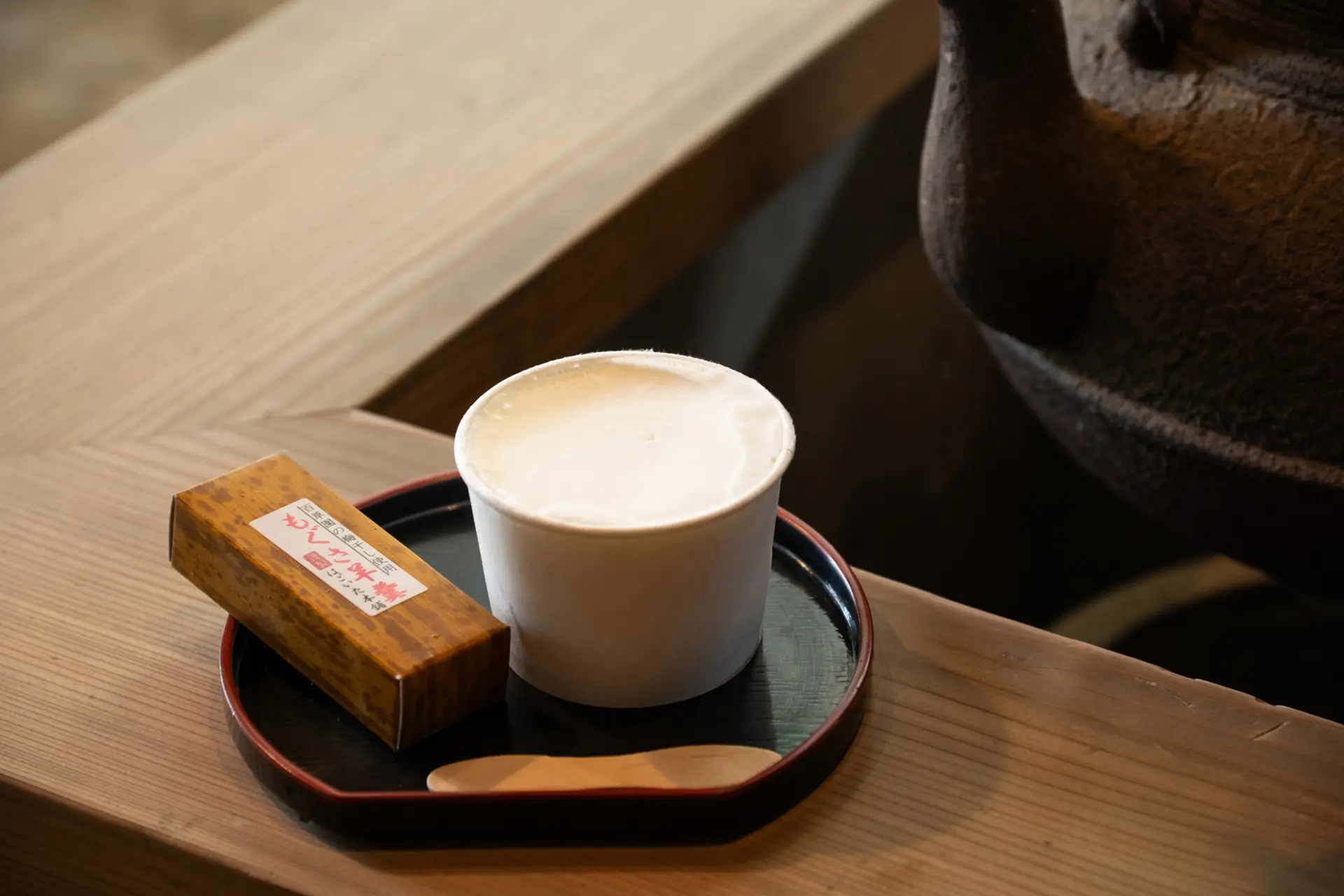
3. Rent the Japanese-style Rooms of Shoren-an and Sanreki-an
The Japanese-style buildings “Shoren-an” and “Sanreki-an” within Keio Mogusaen are available for rental.
Both can be used for tea ceremonies, art exhibitions, cosplay photo shoots, and more.
Shoren-an derives its name from Shorenji Temple, which was rebuilt during the Edo period.
Its defining feature is the thatched roof, reflecting the architectural style of the time.
In front stands the impressive Jushobai (plum trees), said to have been planted by Jusho-in Jigaku Genchoni.
An office is located next to Shoren-an, and only the Japanese-style room is available for rent.

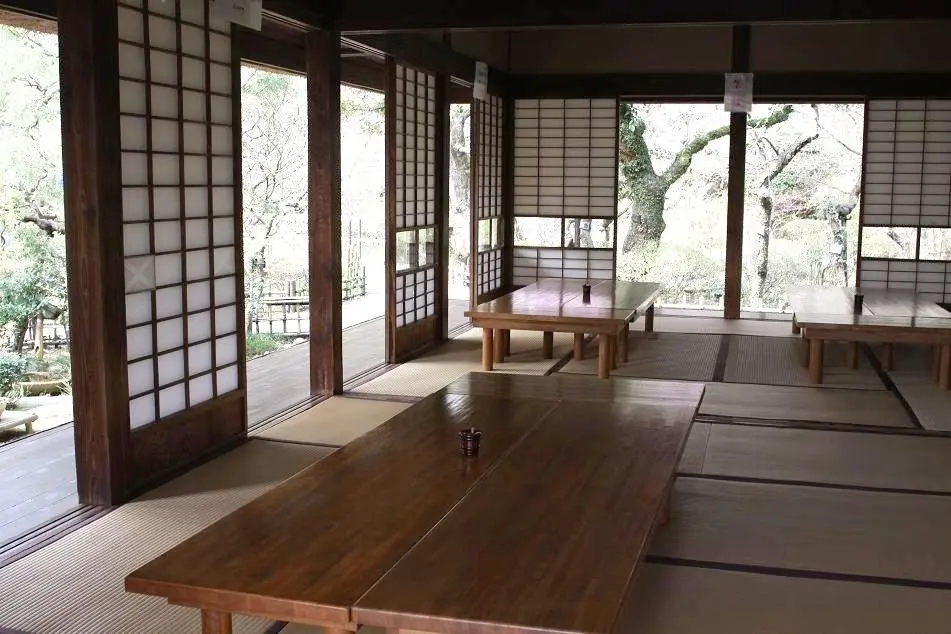
Sanreki-an is a teahouse constructed with solid Akita cedar.
Passing through the gate from its lush exterior, visitors find a spacious and open Japanese-style room.
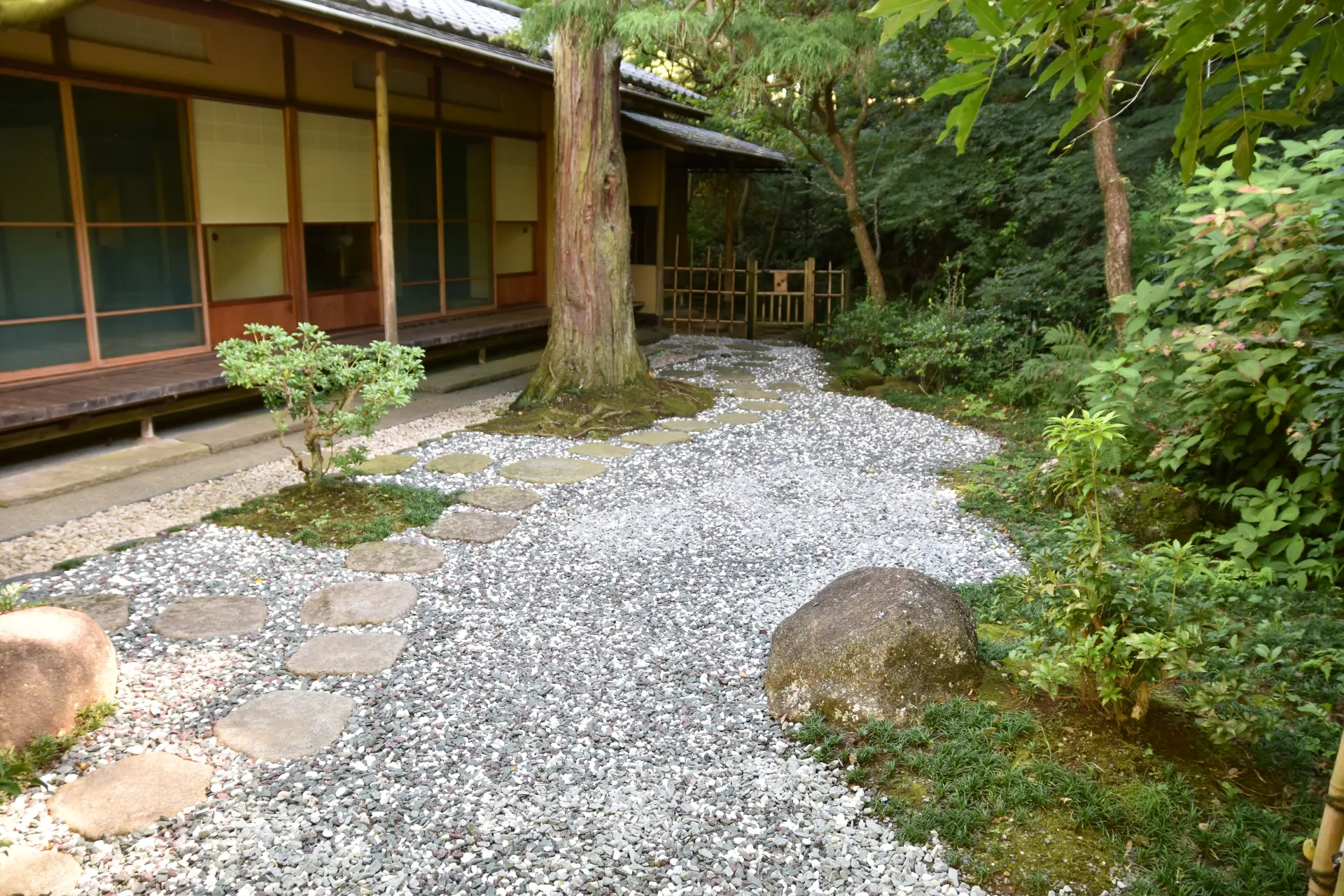

4. Feel the Sunlight Filtering Through the Trees at Mogusa Hachiman Shrine
Passing through the “Mogusaen Shrine Gate” behind Sanreki-an leads to the adjacent Mogusa Hachiman Shrine.
The atmosphere shifts from the vibrant space of the garden to a sacred environment.
The shrine was established in 1250 at the suggestion of Shinjihi-ji Temple, said to have been the prayer temple of the Kamakura Shogunate located in Mogusa.
Flanking the shrine are guardian komainu (lion-dog) statues watching over the grounds.
Within the precincts is a group of chinquapin trees designated as a Natural Monument by Hino City, with a giant tree standing 17 meters tall behind the main hall.
This quiet place, where sunlight streams through the leaves, invites visitors to feel the grandeur of nature.

Frequently Asked Questions About Keio Mogusaen
Q
Is there parking available?
No, there isn’t. Visitors are encouraged to come by train or taxi.
Q
Can I bring animals into the garden?
No, bringing animals is prohibited.
Q
Is there a recommended dress code?
The garden has many stairs and slopes, so it is best to wear shoes with good grip, especially in rainy weather.
Wrap-up
From spring plum blossoms to summer hydrangeas, autumn foliage, and winter narcissus, Keio Mogusaen is a garden where flowers bloom throughout the year.
For those who want to spend quiet time surrounded by nature or enjoy Japan’s quintessential scenery, it is a destination worth visiting.
Other highlights include views from the lookout points, historic buildings, and local sweets.
Just a short trip from the city, Keio Mogusaen is a wonderful place to experience Japan’s seasonal beauty with all five senses.
